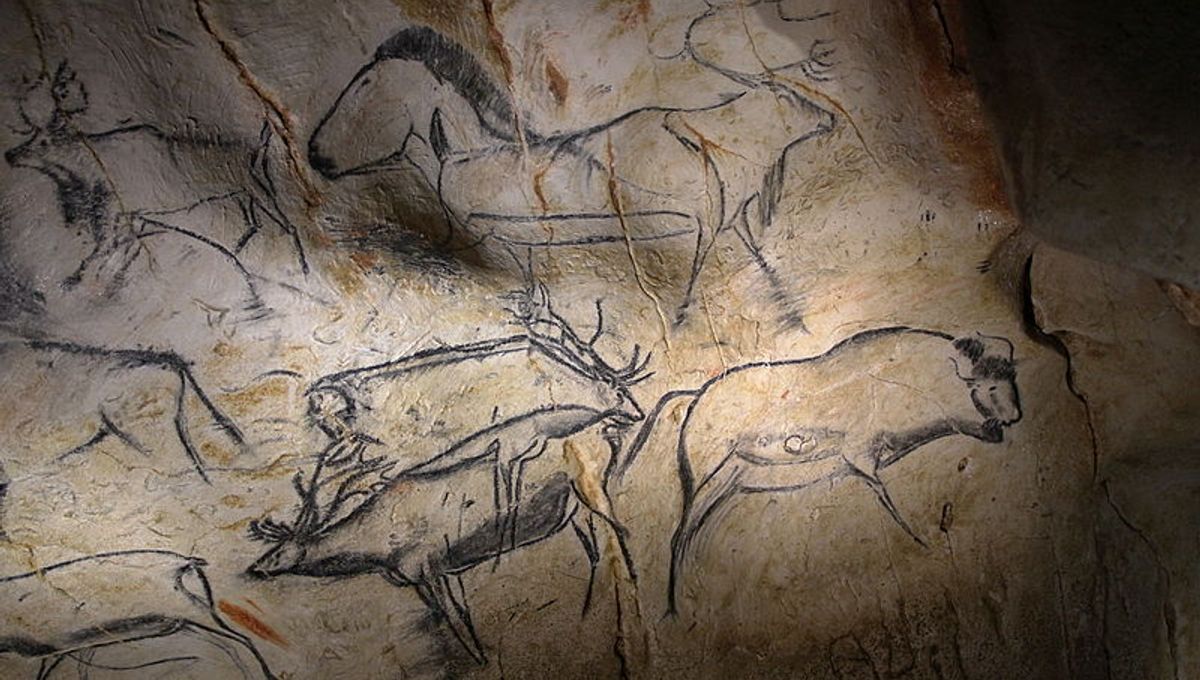
Amongst the remains of the Neanderthal inhabitants of a cave in France, researchers have uncovered a hip belonging to a modern human baby. However, after noticing differences between the ancient ilium and that of more recent neonates, the authors of a new study say the infant may represent a previously unknown early lineage of Homo sapiens.
The Grotte du Renne cave is among the most intriguing Paleolithic sites in Europe as it is believed to have been inhabited around the time that modern humans replaced Neanderthals. Within the cave, researchers have uncovered large numbers of stone tools that are representative of the Châtelperronian techno-cultural complex, which arose during this transition period.
Scholars are divided as to which species invented this industry, with some believing Neanderthals came up with it by themselves, others claiming that it was the work of anatomically modern humans (AMH), and others speculating that the two hominids may have worked together. Interestingly, until now, only Neanderthal remains had been found in the Châtelperronian layer within Grotte du Renne, although modern human fossils have been noted in other caves associated with these items.
In light of this ongoing debate, the newly analyzed pelvis may have just thrust the narrative in a new direction. Comparing the specimen to two known infant Neanderthal hip bones and those of 32 recent human deceased neonates, the study authors note that its shape differs significantly from the Neanderthal ilium and is much more in line with AMH morphology.
However, the ancient hip also fell slightly outside the bounds of variation seen in modern human infants, displaying “a more laterally oriented posterior-superior iliac spine.”
“We propose that this is due to its belonging to an early modern human lineage whose morphology differs slightly from present-day humans,” write the study authors. Noting that this lineage has never previously been documented, the researchers say the infant was probably a member of the AMH populations that coexisted with the last Neanderthals during the transition from the Middle to the Upper Paleolithic, 41,000 to 45,000 years ago.
Furthermore, the presence of these ancient modern humans in Grotte du Renne suggests that they may have lived alongside Neanderthals at the time that the Châtelperronian industry emerged. “The makers of the Châtelperronian could then be human groups where Neanderthals and AMH coexisted,” write the researchers.
This, in turn, implies that the development of the Châtelperronian may have “resulted from cultural diffusion or acculturation processes with possible population admixture between the two groups.” In other words, Neanderthals may have upgraded their technologies after observing their modern human neighbors, resulting in a hybrid industry that came to dominate parts of Europe until the last Neanderthals disappeared.
The study is published in the journal Scientific Reports.
Source Link: 45,000-Year-Old Baby In Neanderthal Cave Belonged To Unknown Human Lineage